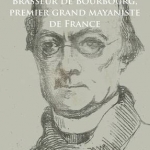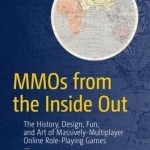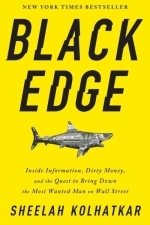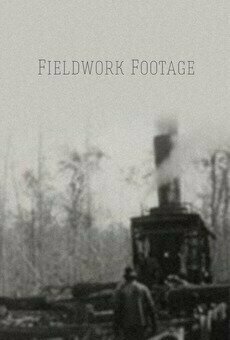
Charles-Etienne Brasseur de Bourbourg, Premier Grand Mayaniste de France: 2015
Book
Two hundred years ago, on September 8, 1814, in the northern French city of Bourbourg, a boy was...

Tripoli: A History
Book
It has been called a "Noble Possession", abused as "A Nest of Corsairs" and extolled as "The Pearl...

Ashley's War: The Untold Story of a Team of Women Soldiers on the Special Ops Battlefield
Book
In 2010, the Army created Cultural Support Teams, a secret pilot program to insert women alongside...

Mmos from the Inside Out: The History, Design, Fun, and Art of Massively-Multiplayer Online Role-Playing Games: 2016
Book
This is an astonishing collection of ideas, information, and instruction from one of the true...

Scalability Rules: Principles for Scaling Web Sites
Martin L. Abbott and Michael T. Fisher
Book
Fully updated! Fifty Powerful, Easy-to-Use Rules for Supporting Hyper Growth "Whether you're taking...
Jacqueline Stewart recommended Fieldwork Footage (1928) in Movies (curated)

Keith and The Girl comedy talk show
Podcast
If you're easily offended, this podcast is not for you. Keith and The Girl (KATG) is a fast-paced...

Railway Reflections
Book
Railway Reflections - Author's summaryMy co-author, Ian Peaty and I have been close friends for over...
Vamping the Stage: Female Voices of Asian Modernities
Andrew N. Weintraub, Bart Barendregt, Christine Reiko Yano and Yifen Tsau Beus
Book
The emergence of modernity has typically focused on Western male actors and privileged politics and...

Black Edge
Book
The rise over the last two decades of a powerful new class of billionaire financiers marks a...
Finance

